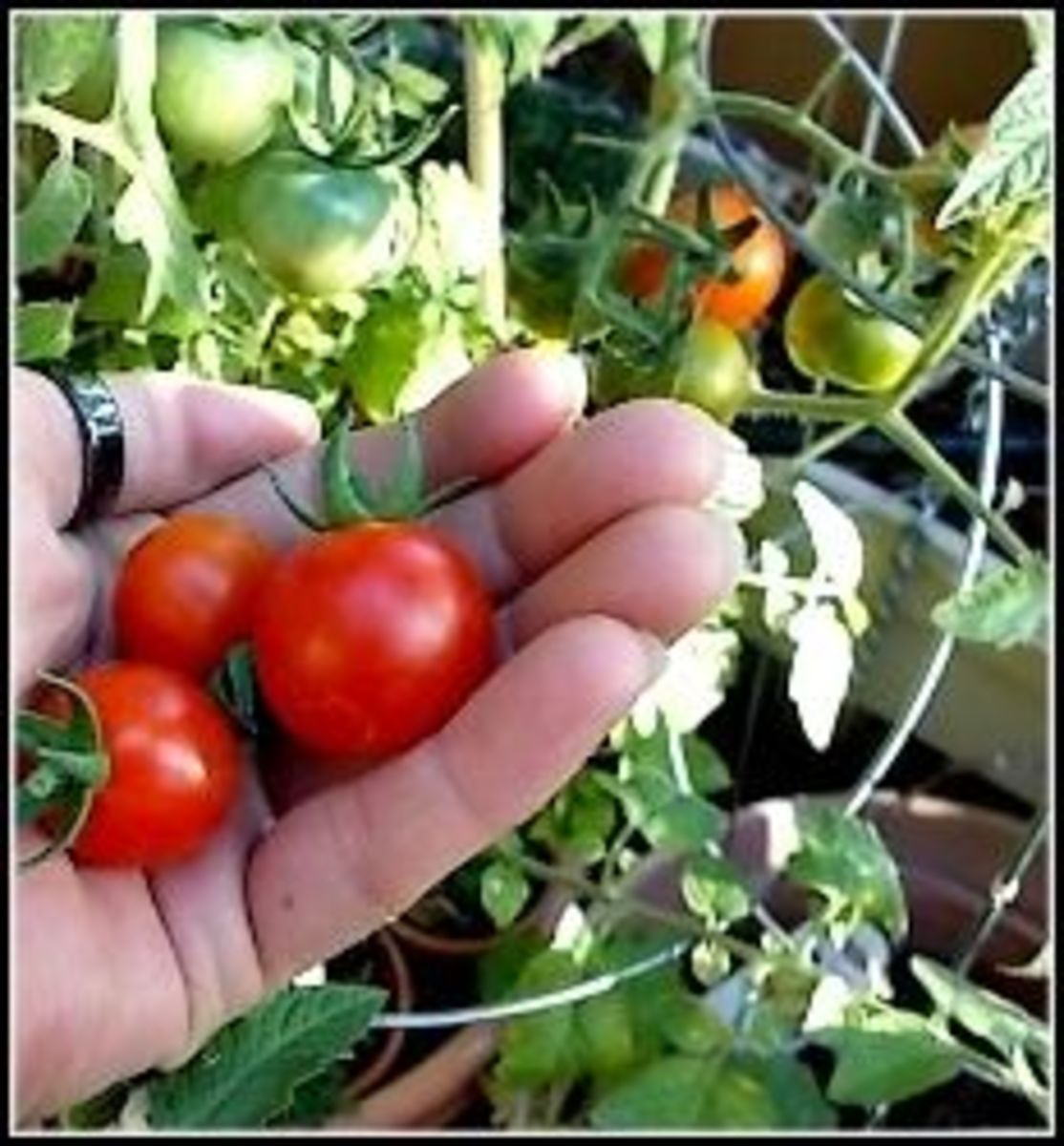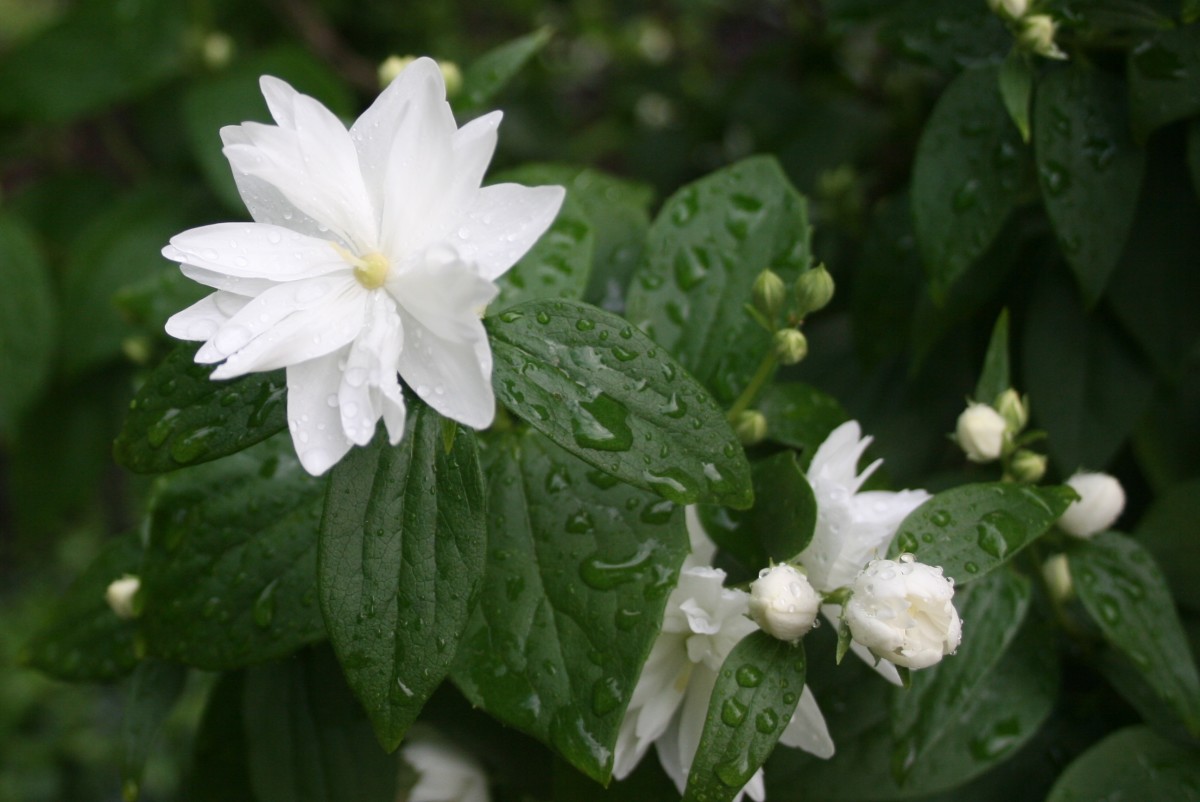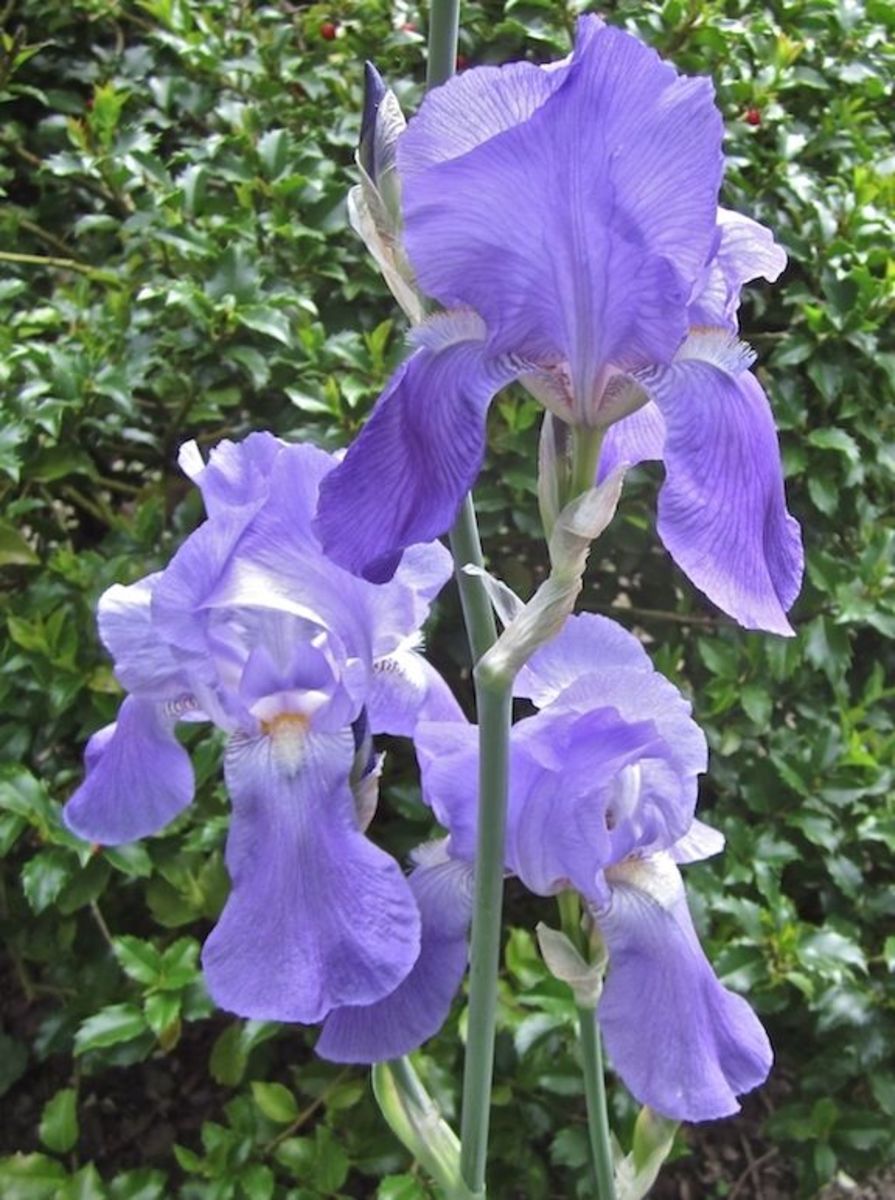How to Water Your Plants (Gardening)
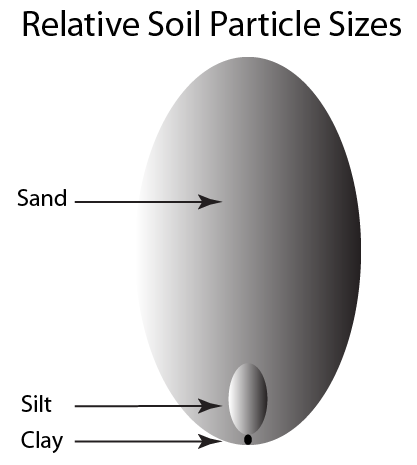
Knowing how to water your plants can be the difference between a productive and a non-productive garden. There are many different ways to apply water your garden plants. It can simple or it become quite complicated if you wish to employ recently available irrigation technologies. Your watering strategy is complicated by the changing needs of plants during the season and during periods of drought. Soil condition and types of soils also affect watering frequency. Additionally, some watering methods can cause unwanted plant health problems and timing can be important in this regard.
Each of these issues is discussed below to help provide a guide to watering methods and other techniques that can help you grow the healthiest garden possible. Also mentioned is the role of organic matter and a method using polyacrylamide polymers for increasing the water holding capacity of the soil, so you can water less frequently. This method can be great way of saving on water use, decreasing watering frequency and keeping a steady supply of water to your garden plants.
Soil Profile Infiltration Testing

Getting to Know Your Soil
There is an easy empirical method of finding out appropriate watering rates for your garden soil. You can develop a feel for how much time you need to water with your chosen type of watering method by simply getting a shovel out and digging to a 12-inch depth and see how deep the water has penetrated after different intervals of irrigation, say after 15-30 minutes. This will tell you what the water infiltration rate is and you can calculate how long it takes for the moisture to penetrate to a 12-inch depth in the soil profile. Note that if you observe puddling during this time, you are exceeding the soil's infiltration rate and you should back off on the amount of water you are applying.
You can also make an educated guess as to what the infiltration rate of your soil is if you know the soil type as is reported on a soil testing profile from a laboratory and by using the table provided below. I recommend getting a soil test every few years so you can see any changes in fertility that are occurring anyway. Note, however, that the infiltration rates will vary depending on how moist your soil is. If the soil is very, very dry, it takes a much longer time for water to enter into the soil profile. That is the one of the biggest reasons for the ranges given for each soil type in this table.
How Fast Water Will Penetrate Different Soils
Type of Soil
| Rate of Water Infiltration (inches/hour)
|
|---|---|
sandy loam
| 0.5 - 1.5
|
clay loam (moist)
| 0.3 - 0.6
|
clay loam (dry)
| 0.1 -0.2
|
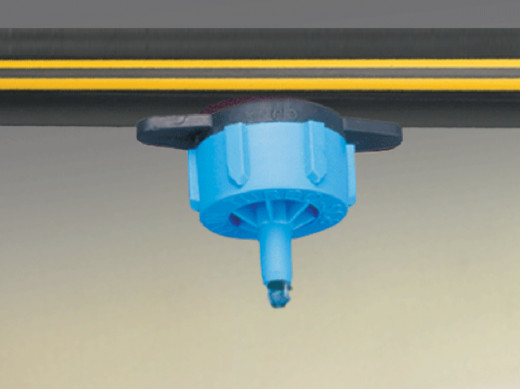
Watering Methods for the Garden
In my gardens, I have frequently used overhead watering for my gardens because it saves on time. However, there are some simple guidelines to observe when you are using this method. First, it is best to water in the mornings because there is less evaporation. Secondly, if you have to water in the afternoon, do it early enough so that moisture doesn't linger on the leaf surfaces for hours during the late evening. This may not be a problem in dry climates, but in areas where there is a constant high humidity it can cause problems with powdery mildew or leaf-spotting fungi like gray spot (corn) and blight (tomato and potato). So, the best means of using this type of irrigation method is to do it in the morning or early afternoon in humid climates.
Watering so the leaves don't get wet helps avoid the problems of leaf spot and blight-causing organisms. Rotating a soaker hose along rows of your garden can be a great way of saving on water use as well. This method works if you have enough hose to get around to all of the rows of your garden before another section dries out. Another method for saving on water use is drip irrigation. This method is usually used in commercial situations where there are perennial trees or shrubs like apple, blueberries and cherries. For a garden where you are rotating plants in different areas, this method would take a while to set up each year, but if you have the time it is probably the best method of getting water to the roots and for saving on water. Kits for drip irrigation are also commonly used for container gardens around patios.
Hydrogel and Emitter Resources Online
Hydrogels for Gardening Can Save You Water
Hydrogels are made of polyacrylamide and they help increase the water holding capacity of your soil. They are used with potted plants, in gardens and in commercial agricultural situations. Anyone can buy them now and they have been researched in many ways by the scientific community. These products form an insoluble, water-absorbing gel in the soil - which means that they stay in the soil and cannot enter the plant.
So, if these gels are applied to your soil, you don't have to water as often. They also help the soil hold together better so there is less erosion. They are particularly useful in loose soils like sandy loams. If you have a sandy soil, I highly recommend using this product.
Alternatively, you can add organic matter to the soil to increase the soil's water retention characteristics. For soils with a lot of clay content, it also increases soil infiltration ability, normally a problem with this soil type.
More Advice on How to Water Your Plants
References
Franz, Jonathan. Hydrogels. USDA-ARS.
Rawls, W. J., et al. 2003. Effect of Soil Organic Matter on Soil Water Retention. USDA-ARS.
Washington State University Extension. Watering Home Gardens and Landscape Plants.


